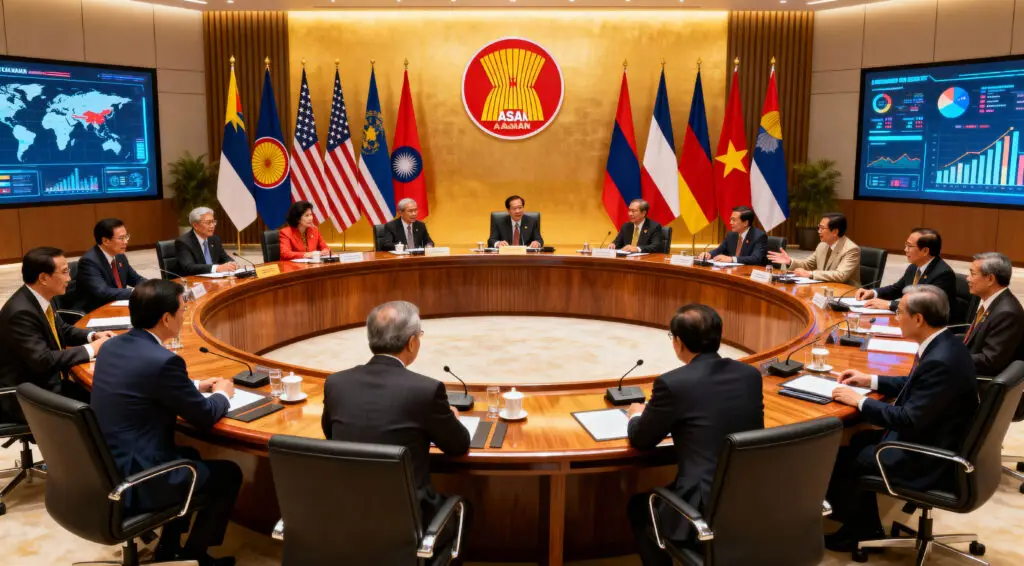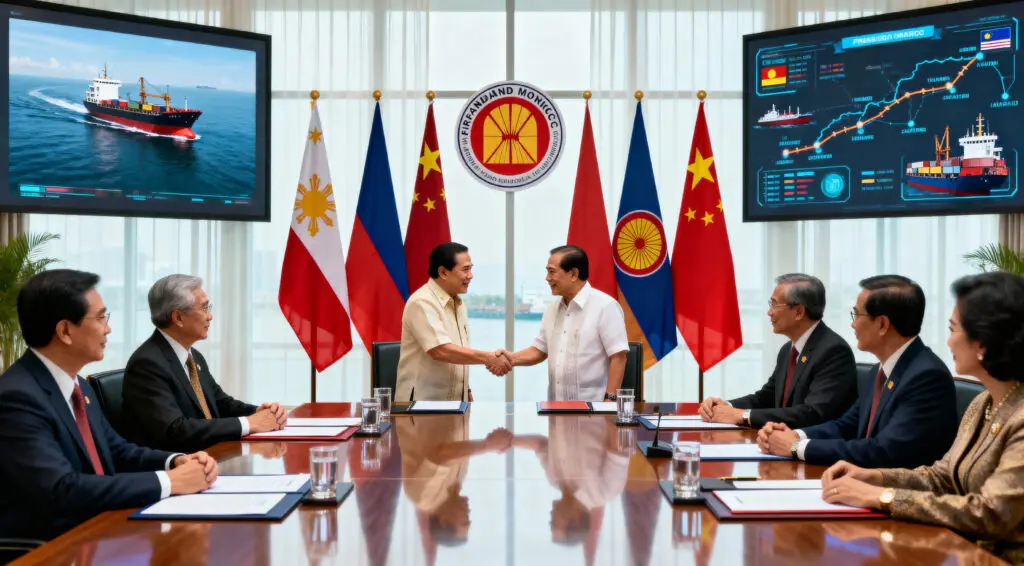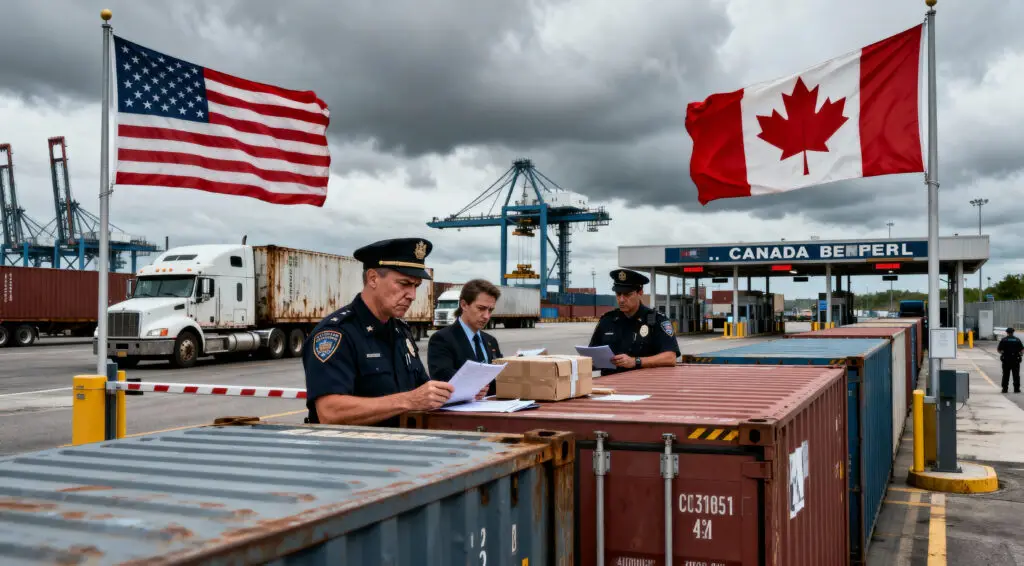ASEAN Leaders Push for Deeper Regional Economic Integration
At the 47th ASEAN Summit in Kuala Lumpur, leaders stressed how important it is to improve economic ties between Southeast Asian countries. As trade becomes less stable and geopolitical tensions rise, it becomes clear that we need more than just lowering tariffs.
ASEAN has made progress in opening up commerce, but trade between countries in the region is still stuck at about 20%. Experts say that better coordination of investments is necessary for creating long-term economic strength.

Source: Council on Foreign Relations
Trade Policies Alone No Longer Drive Regional Cooperation
Even if tariff barriers are almost gone, changes to trade policy alone can’t make ASEAN economies work together more closely. Structural imbalances and varying degrees of industrialization impede productive connections among member nations.
Economists say that future cooperation should be based on working together on money and technology. Without integrated regional structures, ASEAN risks becoming excessively dependent on global markets.
Uneven Economic Development Challenges Integration Goals
ASEAN’s variety, which includes both developed and developing countries, makes it hard to achieve balanced trade and investment flows. Countries like Singapore and Malaysia are at the forefront of industrial growth, while others still depend on importing goods to make things.
This difference makes it harder for regions to work together and slows down the growth of competitive production networks. Bridging these economic inequalities is still a primary objective for long-term integration.
Recommended Article: Target to Lay Off 1,800 Staff as CEO Drives Turnaround Effort
Investment and Technology Transfer Are Key to Growth
Low levels of foreign direct investment within ASEAN continue to make it hard for member economies to work together. Encouraging investment in the area might help spread knowledge and make technology better.
Policymakers want incentives that will bring in high-spillover investments in technology, industry, and infrastructure. Stronger connections between local suppliers would also boost production at home.
Leveraging Global Value Chains for Regional Competitiveness
ASEAN may improve its position by using global value chains with important partners like China, Japan, and Korea. If regional production plans were more in line with these economies, it could be easier to diversify exports.
ASEAN would be more competitive and better able to join the global economy if sophisticated sectors like electronics and green technology worked together more.
Financial Integration and Policy Coordination Needed
To create a united ASEAN investment environment, we need to integrate our finances further and strengthen our regional capital markets. These kinds of steps can encourage investment across borders and help pay for renovations to factories.
ASEAN could make the area less vulnerable to global shocks and boost investor confidence by making its monetary and fiscal policies more consistent.
Toward a More Resilient and Interconnected ASEAN Economy
Experts say that if investment coordination works, commerce between ASEAN countries might grow by 20% to 40% by 2050. This would greatly improve economic independence and stability.
Leaders are increasingly concentrating on changing industries, leveraging technology to boost growth, and working together more to deal with problems that come from outside. A united ASEAN might change its place in the world economy.























